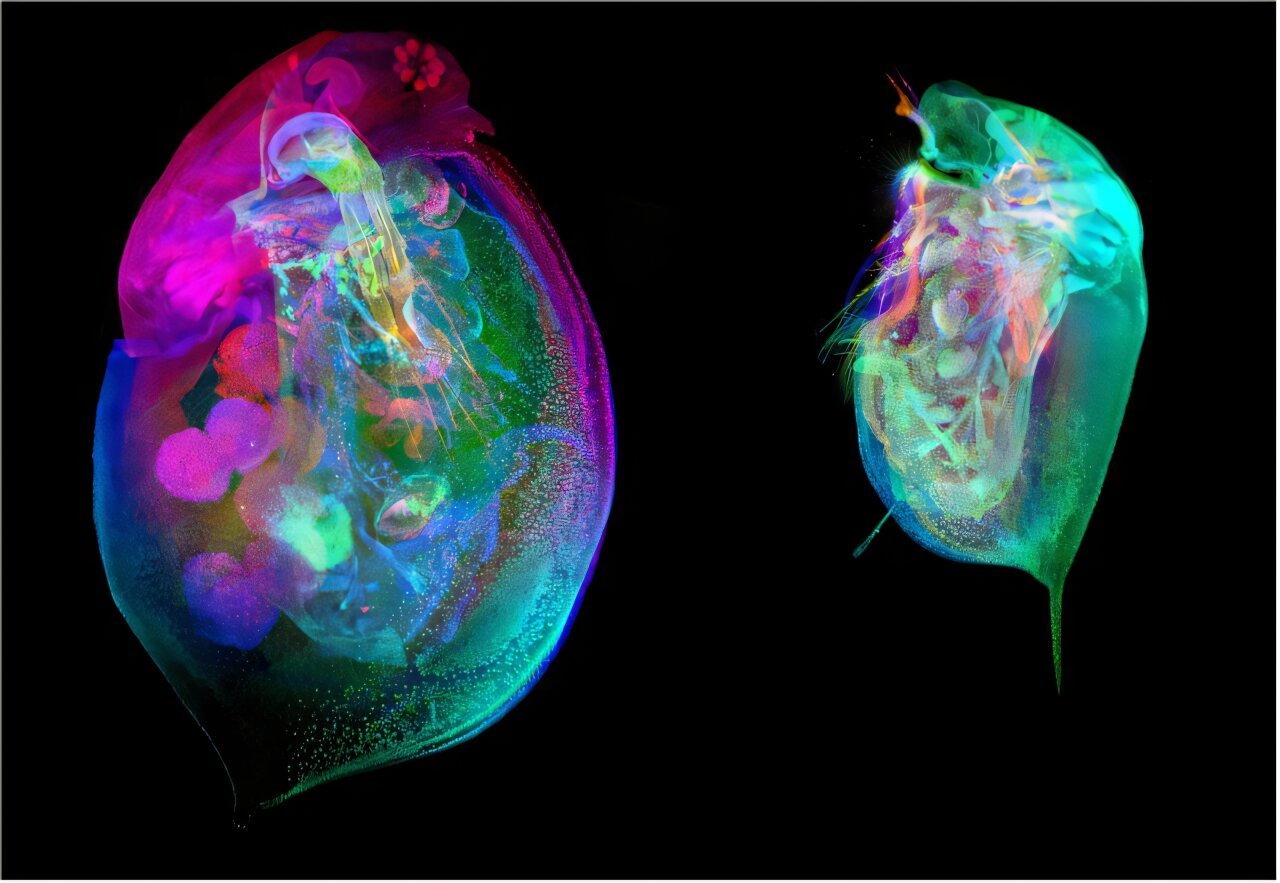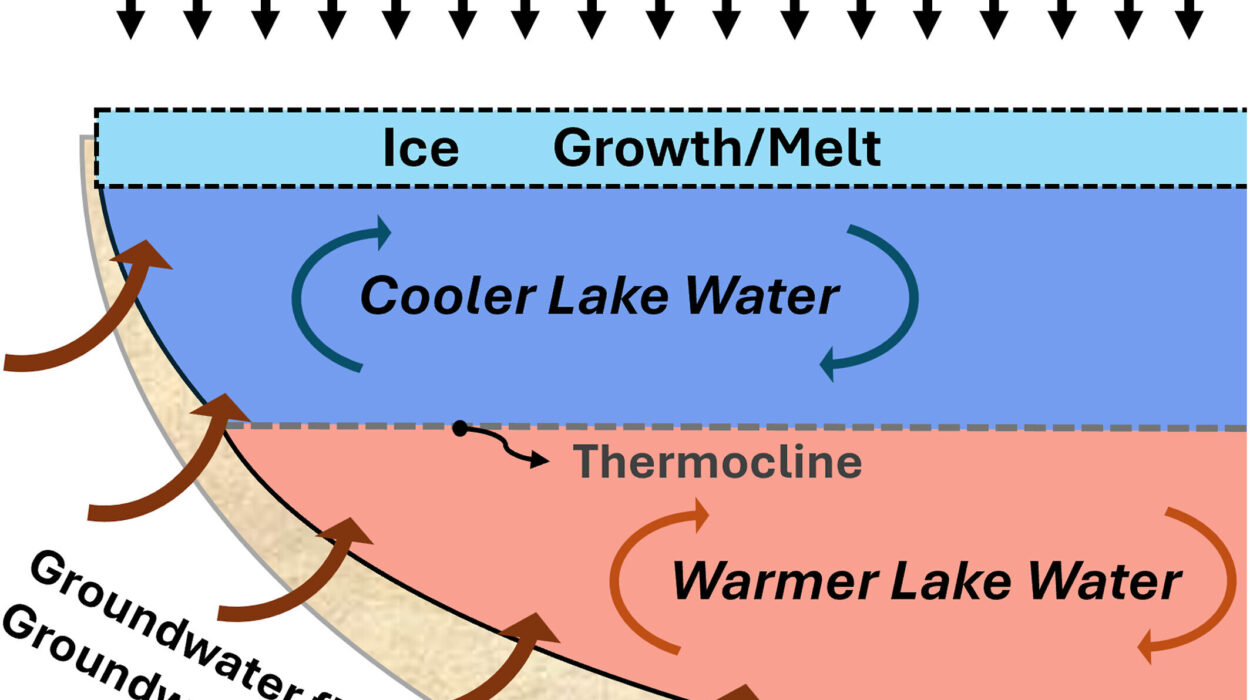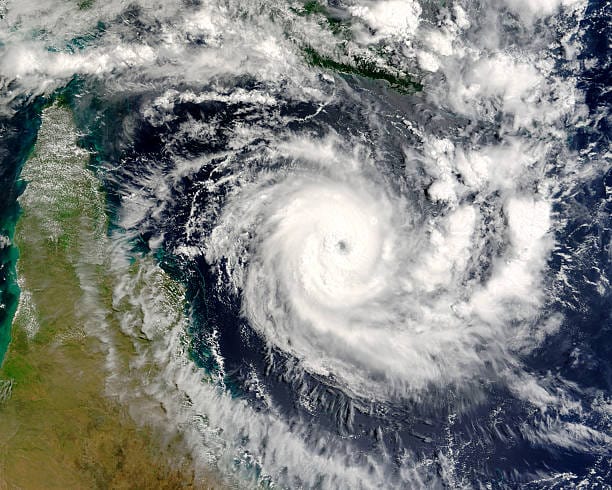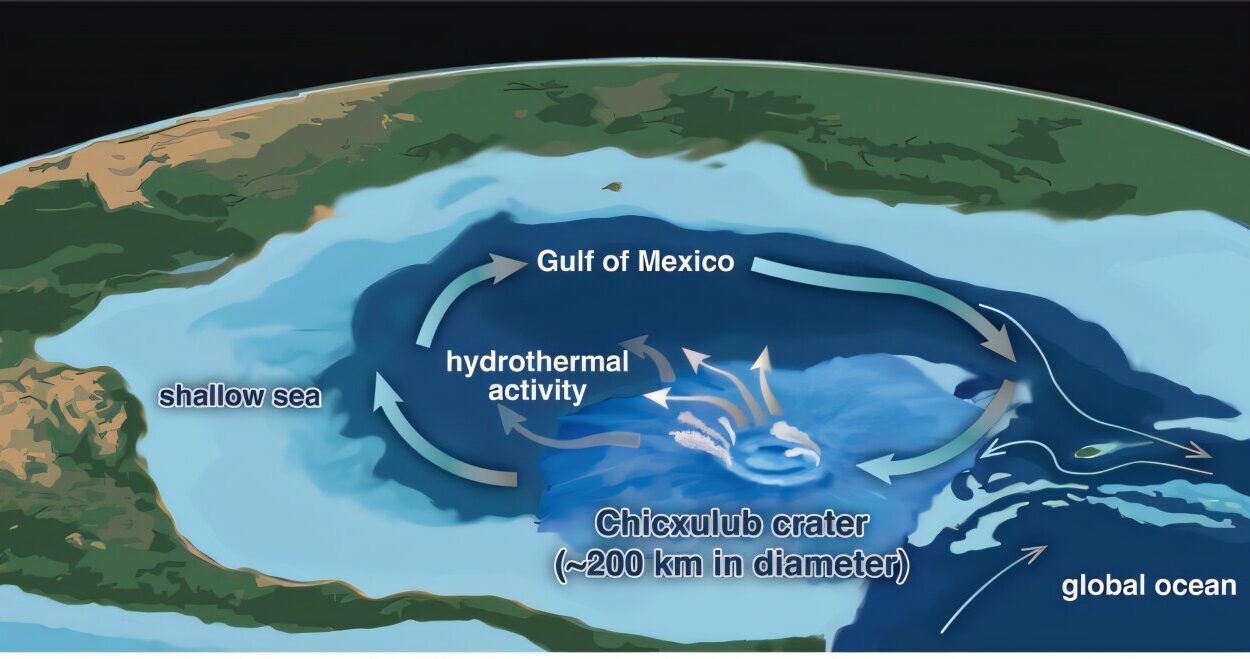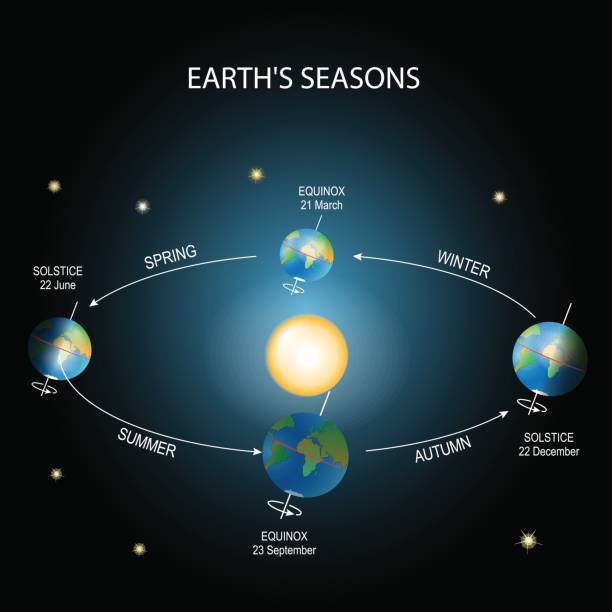A new web-based resource for studying environmental pollutants and their effects on ecosystems has been launched by researchers at Penn State. The Daphnia Histology Reference Atlas (DaHRA) provides unprecedented access to detailed images and annotations that will aid scientists, educators, and policymakers in understanding the impact of environmental chemicals on living organisms. Daphnia, commonly known as the water flea, is a small yet powerful model organism used extensively to detect the presence of toxins in aquatic environments. The creation of this atlas represents a significant advancement in the ability to analyze not only whole-organism but also cellular and tissue-level effects of pollutants.
Daphnia, a freshwater crustacean found in ponds and lakes, has long been studied for its sensitivity to environmental changes, particularly water quality. These tiny creatures serve as indicators of ecological health, and their rapid reproductive cycles make them invaluable in chemical risk assessment studies. While the impact of toxins has often been measured at the organismal level — for instance, observing death rates, reproductive failure, or behavior changes — less attention has been paid to how toxins affect internal cellular structures and tissues. This is where the DaHRA steps in, offering a new tool for researchers to look deeper into the specific biological processes and mechanisms involved.
The Genesis of DaHRA: A Breakthrough in Understanding Chemical Impact
The DaHRA project, a collaboration between Penn State, the University of Birmingham (U.K.), and Mount Allison University (Canada), seeks to bring a level of clarity and precision to ecotoxicology studies that has previously been out of reach. Dr. Khai C. Ang, assistant professor in Penn State’s Department of Pathology and principal investigator of the DaHRA project, expressed excitement at the launch: “This atlas provides the first open-access resource for the Daphnia community. It provides researchers with a resource to understand the normal microanatomy so that scientists can correctly interpret the impacts of environmental pollutants on the organism as an indicator for ensuring environmental health and sustainability.”
Dr. Ang’s enthusiasm echoes the magnitude of this new resource in both scientific and practical terms. For decades, environmental toxicology has often measured effects at the macroscopic level. Understanding how chemicals affect tissues at the cellular level opens new possibilities for scientists and regulatory agencies to assess the threat posed by various chemicals long before visible damage or death occurs to the organism. This comprehensive database represents an invaluable shift in the way toxicologists approach their work — a shift that could improve risk assessment and environmental protections worldwide.
Revolutionary Imaging and the Power of High-Resolution Technology
The creation of the Daphnia Histology Reference Atlas involved the meticulous work of a talented team led by Dr. Mee Siing Ngu, who served as the first author on the project. Dr. Ngu’s work entailed cutting, scanning, and labeling anatomical slices of both male and female D. magna (a species of Daphnia) along three anatomical planes. This allowed for a more detailed and comprehensive view of the Daphnia’s organs, tissues, and cells than ever before.
What sets this atlas apart from previous research is its focus on making these images easily accessible and usable to the wider community. Using cutting-edge digital technology, each tissue sample is color-coded and displayed from multiple angles to enable detailed analysis of each section. Furthermore, all anatomical features within the atlas are labeled with standardized anatomical terms, providing a robust foundation for both qualitative and quantitative analysis. For Dr. Ngu, the power of the DaHRA tool lies not only in its visual depth but also in its simplicity and accessibility: “To facilitate user interpretation of the Daphnia’s organs and tissues, each tissue plane is color-coded and captured from different angles. Users will be able to identify each tissue thanks to the careful labeling of each tissue captured by the atlas,” she explained.
Designed with a user-friendly web interface, the DaHRA makes it easier for scientists to navigate through the vast array of high-resolution images. The atlas is highly interactive, allowing users to zoom into the images to view minute details and carefully analyze specific tissues within Daphnia at a cellular level. This accessibility opens new doors for researchers in academia, regulatory organizations, and even educational institutions to leverage the data for broader applications, from environmental health assessments to education and beyond.
Beyond Daphnia: An Ecosystem of Collaborative Knowledge
One of the most forward-thinking aspects of the Daphnia Histology Reference Atlas is its open-access nature. By democratizing access to these powerful images, the DaHRA promotes scientific collaboration across international boundaries and research disciplines. The hope is that by making this tool available to anyone with an internet connection, the community can share insights and research, ultimately advancing ecotoxicology, sustainability, and environmental sciences.
“These tools can also be implemented to atlases of other model organisms,” said Dr. Ngu, who is also DaHRA’s curator. In the future, the techniques developed for Daphnia’s atlas may be adapted and applied to other species of ecological and medical importance, enabling scientists to build similar resources for animals involved in toxicological research.
Indeed, the atlas does not simply benefit those working specifically with Daphnia but has the potential to lay a foundation for future resources and developments in cellular and tissue analysis of environmental toxicology as a whole. Moreover, by utilizing a modular approach, the system’s features can be adapted for other organisms, extending the possibilities for improving environmental regulation across species.
Impact on Ecotoxicology and Environmental Protection
The immediate and most obvious impact of DaHRA is its ability to improve toxicology studies that aim to assess the effects of chemicals on aquatic ecosystems. With growing concern about the toxic impact of chemicals such as pesticides, pharmaceutical runoff, and industrial pollutants, researchers have increasingly focused on Daphnia as a sentinel species. The creature’s sensitivity to these chemicals makes it an ideal candidate for studying the potential harms that even trace amounts of pollutants can cause to ecosystems.
However, the utility of DaHRA extends far beyond simply identifying immediate damage to water fleas. As Dr. Keith Cheng, a physician-scientist and distinguished professor at Penn State College of Medicine, put it, “In human clinical diagnostics, molecular change needs to be correlated with changes in cellular and tissue morphology for validation. However, even recognizing abnormal morphology requires prior knowledge of normal morphology. This principle applies equally to cancer diagnoses as it does to toxicology.” Just as normal and abnormal human cell morphology helps pathologists make diagnoses, understanding how Daphnia should look at a healthy cellular and tissue level allows researchers to better identify harmful changes caused by chemicals in the environment.
The intersection of DaHRA’s histopathology with molecular analysis represents a crucial breakthrough. With complementary molecular tools, researchers can potentially detect harmful changes at the cellular level long before those changes result in the organism’s death or visible deformities. This early detection is pivotal for improving the environmental risk assessments conducted by governmental agencies, guiding environmental protection regulations, and ensuring that chemicals introduced into the environment are thoroughly vetted for safety.
Furthermore, DaHRA’s potential to act as a teaching tool cannot be understated. The resource has obvious applications for those involved in academic and training environments. Educators at all levels can use the tool to teach students about Daphnia and the broader impacts of pollutants on ecosystems. Policy stakeholders and government agencies can also use DaHRA to enhance their understanding of the potential environmental threats they monitor and regulate.
The Future of Ecotoxicology and Environmental Research
The development of DaHRA marks an important milestone in both toxicology and environmental protection. It shows how advances in technology can push the boundaries of science, moving from general organism-level analysis to specific, high-resolution studies of tissues and cells.
Dr. Ang and his colleagues have already laid out plans to extend the atlas beyond Daphnia to other model organisms with significant relevance to environmental studies. As they continue to enhance DaHRA’s functionalities, the team envisions expanding its capabilities to integrate additional molecular data, offering a more comprehensive and robust assessment of how pollutants impact different organisms.
The Daphnia Histology Reference Atlas, now available as an open-access resource, represents a transformative shift in the way that ecotoxicology is practiced — making complex biological information accessible, usable, and actionable for a broad and diverse scientific community. With increasing concerns about pollution and environmental sustainability, such innovations are key to safeguarding the health of our ecosystems and ensuring a sustainable future for all species, human and non-human alike.
Researchers can access the Daphnia Histology Reference Atlas, along with the full manuscript detailing the project, in the Science of the Total Environment journal. This open-access publication allows ongoing dialogue and fosters further research into the ways in which pollutants affect ecosystems, paving the way for better, more informed environmental policy and regulation.
Reference: Mee S. Ngu et al, A web-based histology atlas for the freshwater sentinel species Daphnia magna, Science of The Total Environment (2024). DOI: 10.1016/j.scitotenv.2024.177930
